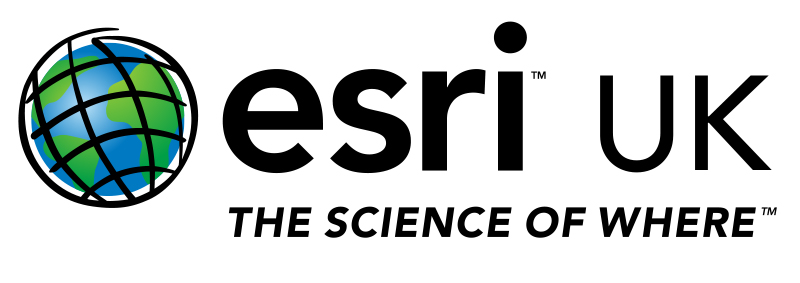UK’s first Data Drills shine spotlight on information readiness
/If a serious public health issue, sustained power outage or major transportation incident were to occur, as business and government leaders what might you need to know and share to ensure the best response? Would you have immediate access to all the information you need to protect citizens and employees, ensure the continuity of vital public services and minimise financial risks? These questions are almost impossible to answer. Without knowing what future events might relate to, you cannot know for certain what data you will need to have at your disposal to help you make the best decisions. Critically, you may not know what data exists, who holds it and how you could access it.
Preparing for the unexpected
This is the information dilemma that leading organisations are now seeking to address by participating in the UK’s first Data Drills. Central government organisations, local authorities, healthcare providers, utilities and commercial businesses are joining together to consider possible future scenarios and explore what data they would need to enable them to respond to situations in a more effective and timely manner. As a key part of this process, these organisations are also evaluating whether they have the necessary collaborative processes and technologies to enable them to share, visualise and analyse the available data to make the best decisions.
The concept of the Data Drill emerged from a life-threatening situation in New York. Twelve people died in an outbreak of Legionnaire’s disease, and city authorities needed to quickly identify and disinfect 12,000 cooling towers to prevent further deaths. This incident revealed that key teams didn’t have access to the information they needed, didn’t know who owned which data sets and were not able to easily share data to collaborate on the emergency response. Once the infection was successfully managed, the Mayor of New York instigated a number of measures to improve the city’s readiness for future emergencies, and the first Data Drills were organised.
Overcoming barriers to data sharing
Organisations in the UK face the same data challenges now, that organisations in New York faced then. In the UK public sector, information is fragmented across different service providers, including outsourced agencies, and while a vast amount of data exists – across the public and private sector – it isn’t always easy to find or access. Then, there are legal and ethical barriers to sharing information, some imagined, some real. The default setting is ‘do not share’, even when the sharing of data is permissible and extremely valuable for multiple parties.
Technology is often cited as a barrier to data sharing, but in fact the reverse is the case. Today, technology exists to make it easy for organisations to not only share their data quickly and securely but also present it in a format that is easy for others to understand and analyse. Esri’s Geographic Information System (GIS) technology, ArcGIS, provides the ideal platform for data sharing and collaboration as it uses geography to provide a common context for all kinds of data, from multiple sources. It provides a secure, centralised portal where open data and restricted data can be queried, requested for release, consumed and analysed all within one system. Users can view a vast amount of data in a highly visual format, see the geographic context of the incident and apply this insight to make faster, well-informed decisions.
Achieving ‘information readiness’
Hosted by Esri UK, the UK Data Drills provide a forum for public and private sector organisations to consider their data challenges and establish what is possible and overcoming what is not. By bringing people together in one room and focusing attention on one hypothetical scenario, the drills promote discussion about data sharing and demonstrate the importance of having processes and IT systems in place to facilitate closer collaboration. Furthermore, the drills showcase ways in which organisations can use GIS to analyse data from many different sources and gain a clear insight into complex situations.
In a recent Data Drill in Kent, fifteen public sector organisations including local authorities and emergency services got together to examine how they could identify, locate and reach vulnerable people if main roads through the county were blocked. Similarly, in a Data Drill in the West Midlands, councils joined with central government organisations and private businesses to plan their responses if an accident resulted in the closure of rail and road networks. At both events, participants explored how GIS could be used as a platform for sharing information securely, visualising the full extent of the hypothetical issue and evaluating possible responses.
The importance of data sharing cannot be understated. In recent years, there have been numerous incidents when failures in communication between different healthcare, child protection, social care and emergency response teams have led to loss of life in the UK. The subsequent enquiries have all reached the common conclusion that individuals and organisations knew of problems, but failed to share information and coordinate an effective multi-agency response. Now, organisations have an opportunity to really examine their data sharing practices and explore how they can improve them with GIS and other technology. By participating in Data Drills, they can demonstrate their willingness to improve their information readiness and put measures in place now that may save lives in the future.
To register your interest in taking part in a future UK Data Drill, visit esriuk.com/datadrills


